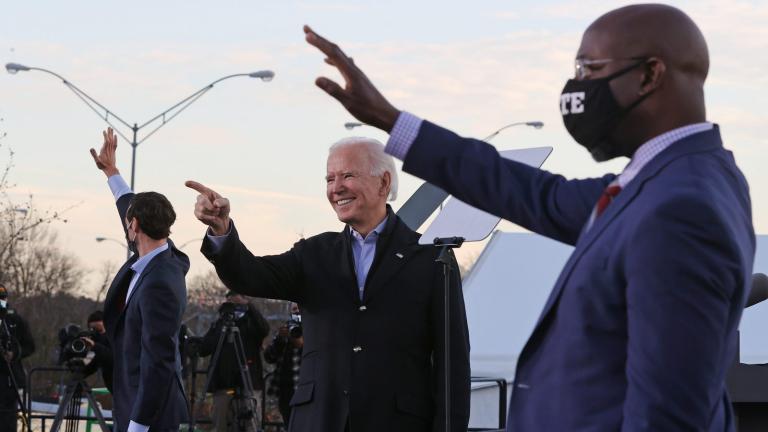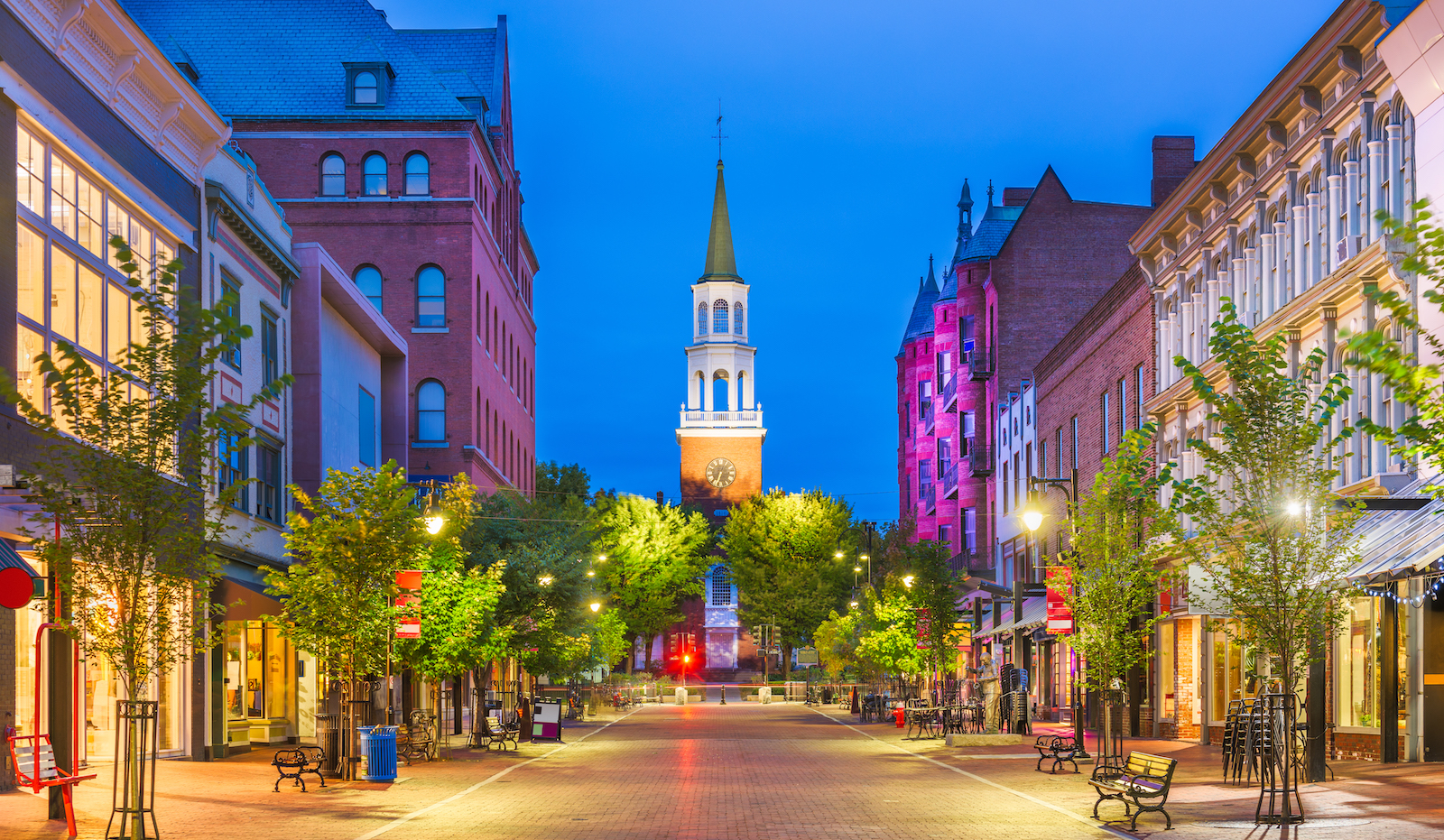In 2014, Burlington, Vermont, the birthplace of Ben and Jerry’s ice cream and the stomping grounds of Senator Bernie Sanders, announced that it had reached an energy milestone. The city of 42,000, which hugs the shore of Lake Champlain, produced enough power from renewable sources to cover all its electricity needs. Burlington, the city government proclaimed, was one of America’s first “renewable cities.”
Since then, Burlington has been joined by Georgetown, Texas, Aspen, Colorado, and a few other small towns across the country. And though some cities have a head start — Burlington benefits from a huge amount of hydroelectric power and ample wood for biomass burning — many that rely on fossil fuels for power are joining in. Today, more than 170 cities and towns across the U.S. have promised to shift their power supply from coal and natural gas to solar, wind, and hydropower. St. Louis, which currently gets only 11 percent of its power from renewables, says that it will run purely on renewables by 2035; coal-dependent Denver has promised to do the same by 2030.
“Cities are setting these goals and striving to go from a very small percentage of renewables to 100 percent on an extremely ambitious timeline,” said Lacey Shaver, city renewable energy manager at the World Resources Institute, via email. “It’s an exciting time for city energy work.”
But are 100 percent renewable cities actually … 100 percent renewable? The reality is a bit complicated — and it shows the challenges of true, “deep” decarbonization of electricity in the United States.
First, shifting to clean electricity doesn’t mean that a city zeroes out its carbon footprint — residents could still be driving gas-guzzling cars or heating their homes with natural gas. Even most claims of running on “clean” electricity come with caveats: What cities actually mean is that they purchase enough electricity from wind, solar, or other clean sources to balance out the power that they use over the course of the year. For places filled with renewables, like Vermont, that’s not such a big deal. But in other areas, a city might not be using all renewable electricity in real-time. Even when the sun isn’t shining and the wind isn’t blowing, electrons still need to be flowing through the grid to keep the lights on. And at the moment, a lot of that more consistent energy comes from non-renewable sources, mainly natural gas and coal.
“There’s really no city that operates as an island in electricity,” said Joshua Rhodes, a research associate at the University of Texas at Austin. “You’re going to be connected to a larger grid.” There’s no such thing as “fossil fuel electrons” and “renewable electrons” — all power mixes together once it reaches the grid. That means even a 100 percent renewable town might, from time to time, be sourcing its electricity from fossil fuels. Because of this, Rhodes says that goals to run purely on renewables are more like accounting mechanisms than a pure description of a city’s energy sources.
At the moment, this isn’t a big problem: Most cities have a long way to go even to get to that stage. The U.S. electricity grid is still over 60 percent powered by fossil fuels, and most cities get only around 15 percent of their power from renewables. When municipal governments buy renewable energy — even if they are still hooked into the larger grid — they add to the demand for wind and solar installations. But in the long run, experts say that this strategy is not going to get the country entirely off fossil fuels.
When cities manage this kind of renewable-energy balancing act, they’re “disconnecting something that is super important,” said Nestor Sepulveda, an associate at McKinsey and the author of an influential paper on decarbonizing the electricity grid. “You lose chronology — when energy is being produced and consumed.” Renewables like wind and solar are only available at certain times of the day, but a truly “clean” grid would have carbon-free sources of electricity ready to go at all times.
Local governments haven’t yet tried to meet this much higher bar, and it’s hard to blame them. A lot of the technologies required for clean, round-the-clock electricity aren’t quite ready yet. According to Jesse Jenkins, professor of engineering at Princeton University, that could include giant batteries, nuclear and geothermal energy, as well as hydrogen fuel and maybe even natural gas combined with carbon capture.
But these energy sources are either not ready for widespread use or are so expensive that they are cost-prohibitive. “They’re really not ready to scale,” Jenkins said. If the U.S. is serious about zeroing out emissions, he added, “we need to spend the next decade very proactively — pushing these technologies forward and seeing which ones succeed, how quickly they mature, and how fast we can scale them up in the future.”
There are some promising signs. During his campaign, President-elect Joe Biden promised to eliminate all emissions from the electricity grid by 2035 — a tall order, but one that is technically possible with huge investments in clean energy. And even if Biden is partly stymied by a divided Congress, he may be able to work with Republicans to boost research and development into the technologies needed to green the grid.
“Renewables have had great progress over the past decade,” Sepulveda said. “And that’s great.” But total decarbonization will require clean energy other than solar and wind, he added. The question is who’s going to come up with it — and if it will be soon enough.




